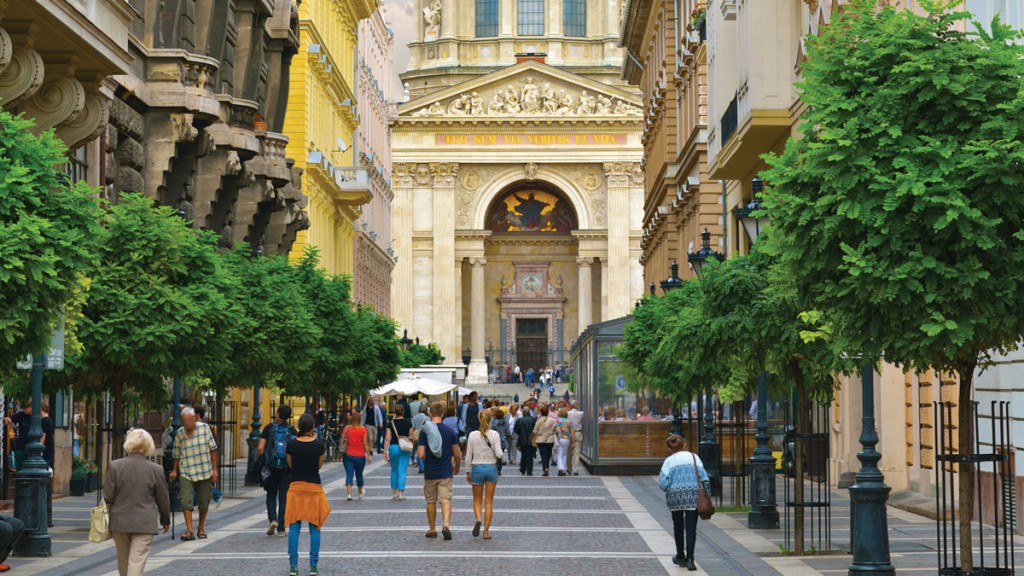
The world’s major international commercial real-estate markets have so far weathered the political and economic storms of 2016 better than expected, says real-estate investment manager Jones Lang LaSalle (JLL) in its latest “Global Market Perspective” report. However, market data are sending mixed messages to investors, with the latest property monitoring report from the Royal Institution of Chartered Surveyors (Rics) indicating a general slowdown in momentum across the global market.
In Europe, near-term momentum remains steady in Ireland, Spain and Portugal, but has moderated somewhat over the past six months, says Rics. Germany’s commercial real estate market currently stands out in displaying “robust momentum”, with demand from buyers rising firmly and capital value projections pointing to strong growth over the year ahead. Yet Hungary is the real “standout performer” in the continent, with demand from occupiers rising quickly, as a result of businesses looking to expand.
Asia’s commercial property market has been hit by a slowdown in growth in Japan, with demand from buyers failing to rise during the second quarter of 2016 in the country for the first time since 2011.
However, a lack of supply is keeping prices steady for the moment. In China, overall sentiment has turned negative, with demand falling and availability sharply rising. Both rents and capital values are expected to fall in Malaysia, Singapore and Hong Kong over the next 12 months. Confidence in the Indian commercial real estate market is “on the up”, bucking the general trend across emerging markets.
Overall, the outlook for the global commercial property market remains steady, but cautious, which is to be expected. Globally, transaction activity reflects a more “risk-off” investment strategy, says JLL, with $292bn worth of transactions carried out in the first half of 2016, 10% lower than the same time last year.
In the office leasing market, corporate occupiers are “undoubtedly striking a more cautious tone”, though many markets have remained “remarkably robust in the face of mounting political and economic uncertainties”. Global investment volumes are expected to stay “at healthy levels through 2016”, and underlying market fundamentals remain sound.
A darker outlook in the US
If you invested in commercial property in the United States in the early 2000s, “now is the time to enjoy the fruit of [your] labour”, say Michael Aked and Jim Masturzo of Research Affiliates. These investors have been “handsomely rewarded” with a real return of nearly 10% a year since 2010. But the future does not look quite so promising, they say.
New investors should expect to achieve between 1.4% and 2.6% per year over the next decade, far lower than that returned over the last 35 years. This is partly due to low levels of spending on new construction and low vacancy rates. This is keeping prices high, making it more difficult to enter the market at attractive valuations and achieve higher yields.
Meanwhile, asset manager Pimco predicts that US commercial real estate prices may fall as much as 5% by June 2017. Pimco points to slowing growth in China, lower oil prices and shaky debt markets as factors behind a potential drop in demand for US property. Other factors that might affect the market include weaknesses in the energy sector and among tech start-ups, which could hurt demand for real estate, says Stephen Foley in the Financial Times.
For those looking to “buy low”, Pimco says that a real estate “shakeout” could provide opportunities for investors to snap up properties at bargain prices. Furthermore, “a wave of maturing debt from the last decade’s boom” comes due this year, which could open a window for investors to fund borrowers who come up short. But on the whole, as Foley writes, “the outlook for [US] commercial real estate assets…is probably darkening, rather than getting more rosy”.